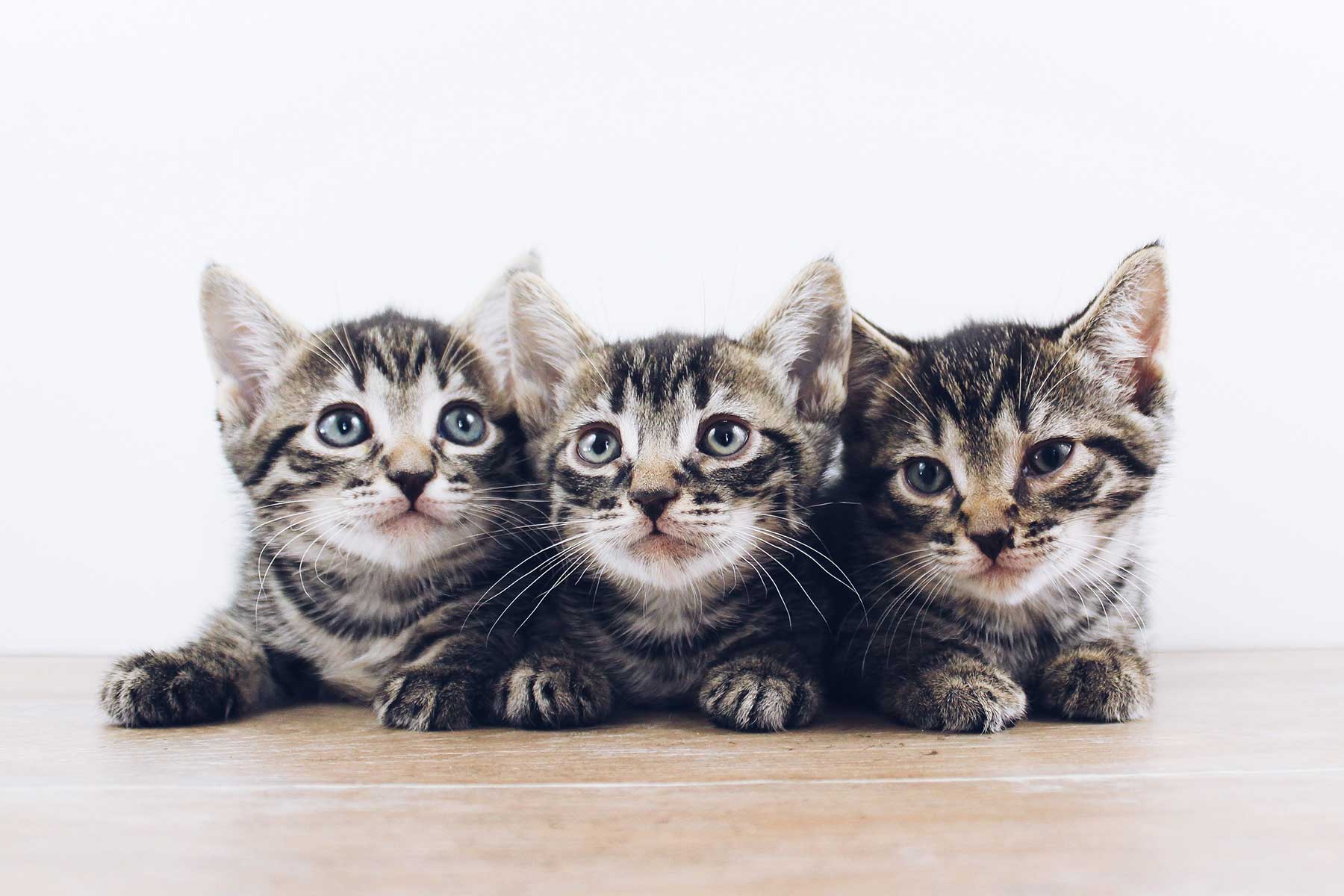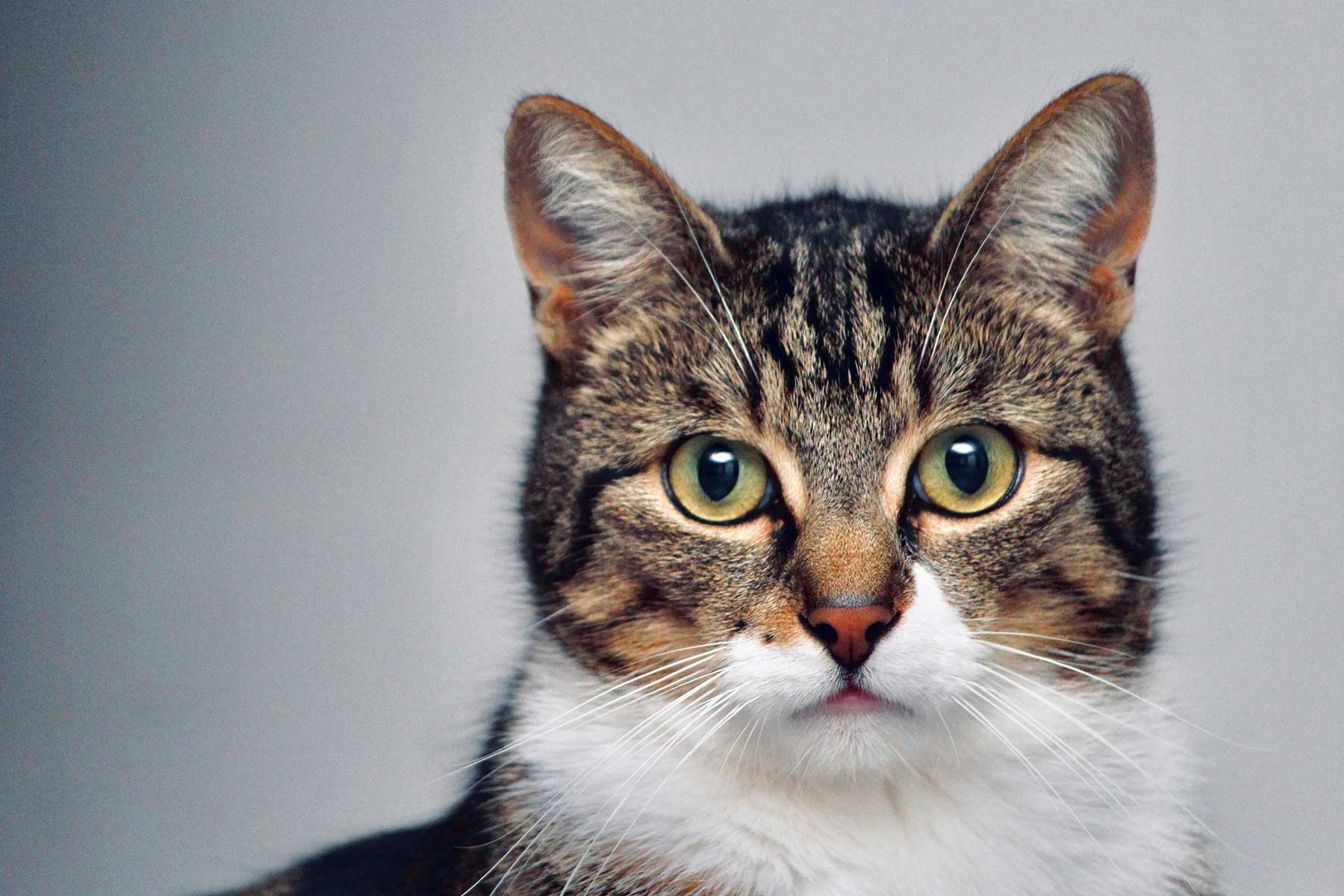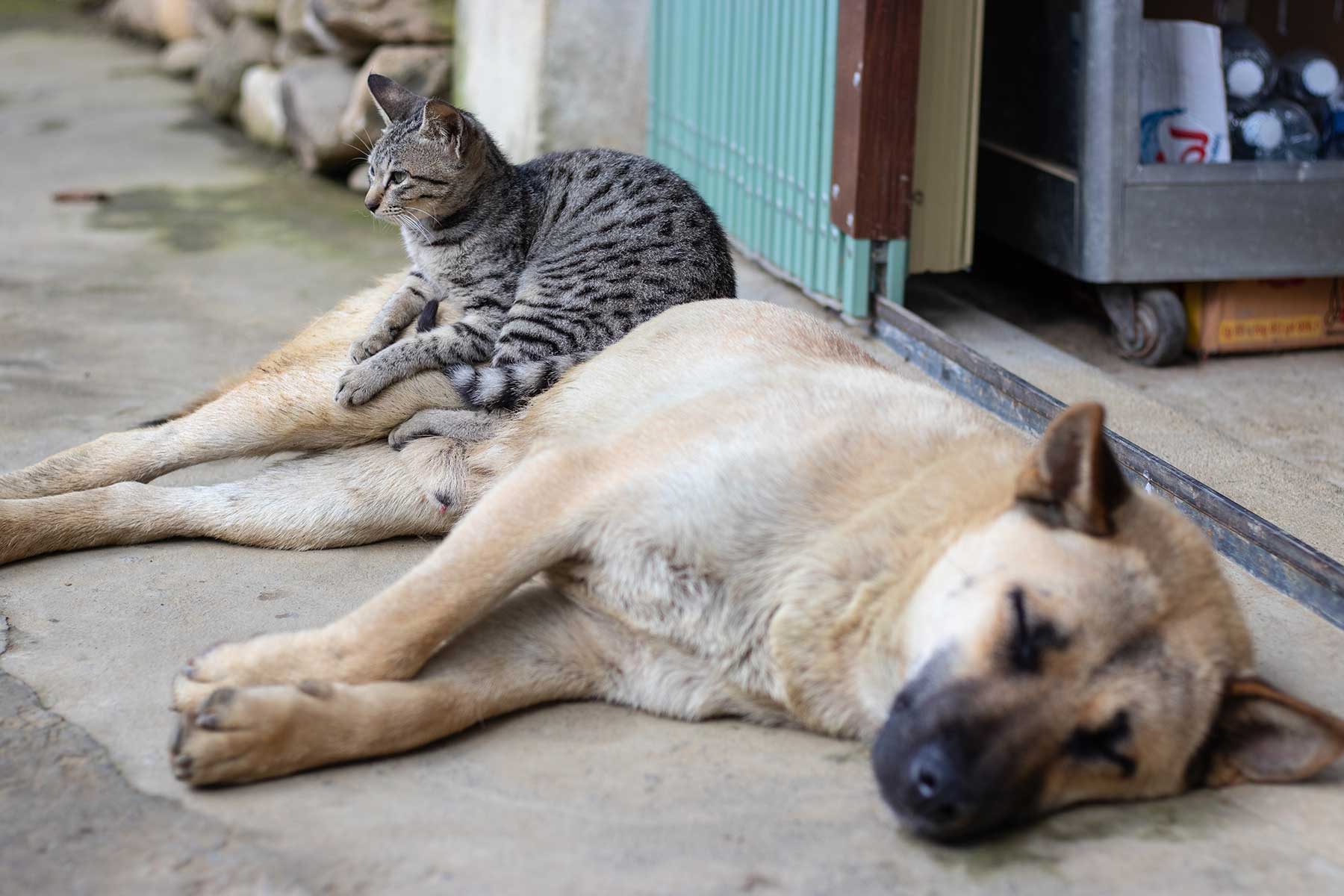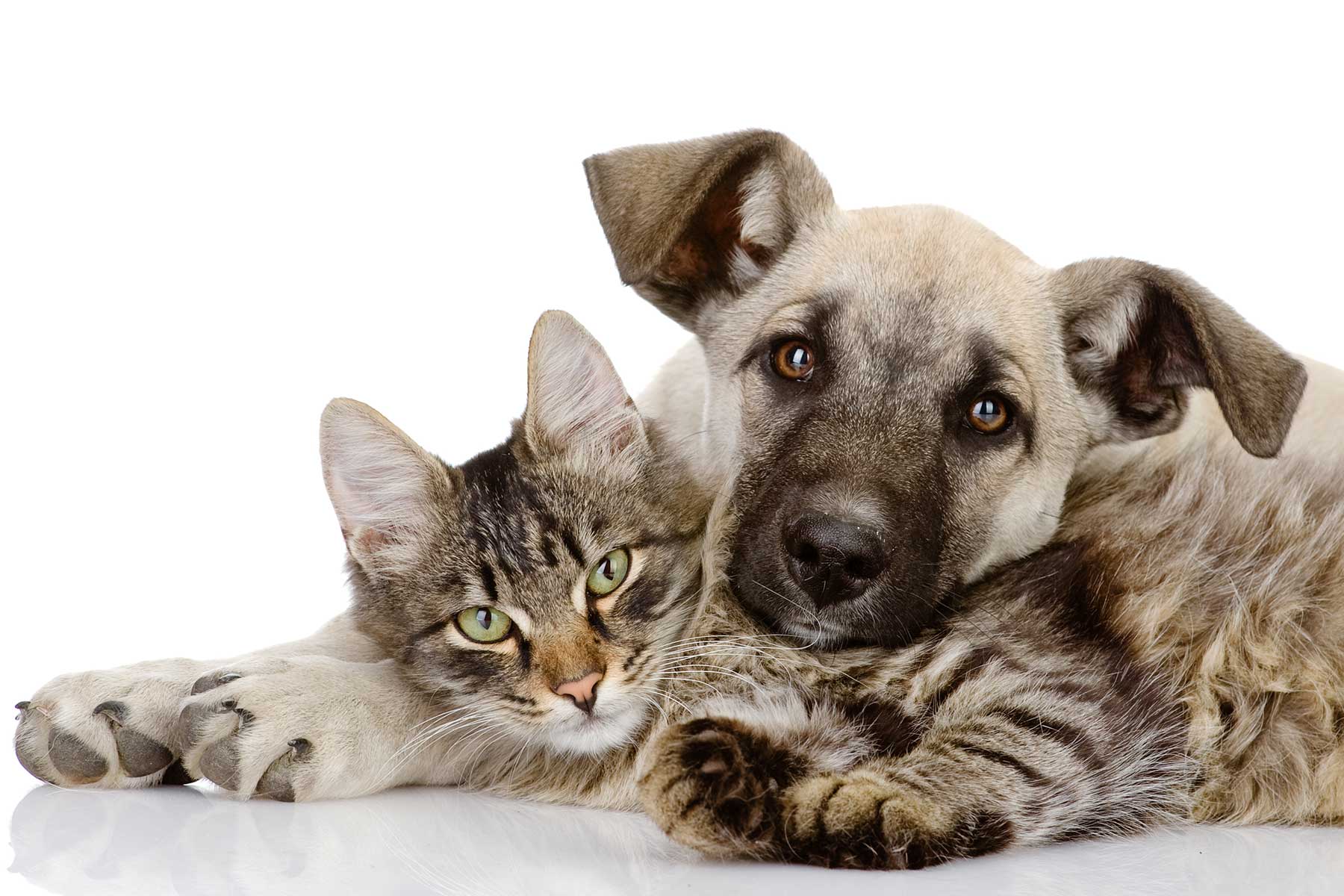The key to making your cat’s trip to the vet, or any trip in their carry cage a stress free one is creating a positive association with their cage, carrier or cat box. Here are some simple steps to help make your cat’s excursions more pleasant for you and your feline friend.
A part of your household furniture
Many cat owners keep the cat cage out of view, locked in a garage or shed and only bring it out when the cat is going to the veterinarian or to the cattery. Unfortunately this contributes to most cat phobias.
Instead, include your cat’s carry cage as part of your household furniture in a spare room or in the laundry. Make sure you leave the cage door pegged open so your cat can investigate it or even play in it allowing him/her to develop a positive association with the cage. The earlier you start this in life the better, so if your cat is a kitten clear some space and learn to enjoy your new house accessory.
Dinner time
Feed your cat meals and treats in his/her cage to create a positive association towards the cage and reduce anxiety associated with the cage.
Something familiar
Put your cat’s favourite bed in the cage. The smell and familiarity will create a friendlier environment for your cat.
Odour and smell are important
Avoid cleaning the cage with strong smelling chemicals such as bleach or ammonia based products – not only do cats dislike the smell, they may think another cat has marked the territory! If the cage needs to be cleaned, the best option is either good old soap and water or water with a small amount of white vinegar added.
The other option to create a positive environment is to spray the cage and bedding with Feliway ‘happy pheromone’ spray at least 30 minutes before using the carrier. Feliway will create a reassuring environment and help reduce stress.
Choosing a cat carrier
When it comes to visiting the veterinarian, we prefer a carrier which is top opening or one where the top section can be completely removed. If your cat is particularly stressed it means we can perform some of our examination duties on your cat whilst they remain in their carrier.
Make regular short trips
To get your cat used to travelling in the car take your cat on short trips and make sure the destination is not always the veterinary clinic. Otherwise every car trip will be associated with the vet and more than likely, a needle. Also, when you arrive home from a trip always offer your cat a positive reward such as food or a treat.
Not just vaccinations
If possible bring your cat in for reasons other than a vaccination. Regular senior check-ups are great if you have an older cat or you can also visit us for a free dental check-up, weigh-in or even just a cuddle from our team.
Protecting your cat
Cover your cat’s cage while travelling in the car as unfamiliar surroundings and movement will create extra stress during the journey.
A journey with two or more cats
Even well bonded cats can become aggressive towards one another if they are stressed. We recommend bringing your cats in separate carriers.
Other options for cat cages and cat boxes
Training your cat on a lead and harness at an early age also gives you a stress free travel option. If you are coming in to see us, just be wary of other visitors in the practice who may be startled to see you and could frighten your cat.











